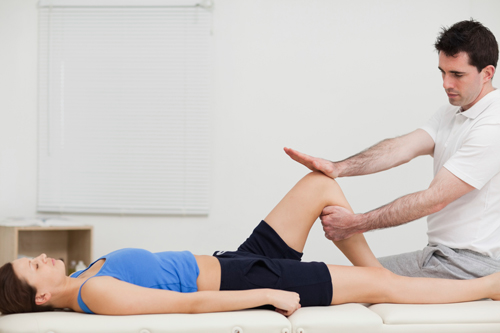
The anterior cruciate ligament, or ACL, which connects the femur (thigh bone) to the tibia (shin bone) in the center of the knee joint, actually consists of two “bundles” or “bands.” One, the anteromedial (AM) , controls the forward and backward movement of the tibia while the other, the posterolateral (PL), controls the knee when it pivots or twists, as in stop-and-start sports, such as soccer and football. In the more than 200,000 ACL tears that occur annually in the United States, both bundles are usually torn.
In single-bundle ACL surgery, the surgeon constructs a single “new” ligament (made from cadaver tissue or the patient’s own) and inserts each of its two ends into a “tunnel,” one on the tibia and one on the femur. Double-bundle ACL surgery involves more closely replicating the pre-damage ACL in that it replaces both the AM and PL, two grafts with two tunnels into the femur and tibia.
To explain the difference between the two surgeries, one of the leading double-bundle ACL surgeons has likened the knee ligaments to door hinges: A door that has only one hinge in its center is less stable than a door with two evenly spaced hinges. Because the single hinge absorbs all the work, it is more likely to be stretched, compared with two hinges that share the work.
Because the double-bundle reconstruction allows for better postoperative control of both kinds of knee motions —pivoting and back-and-forth—the hope (backed up by preliminary evidence) is that the knee is less likely to be subject to future degeneration and injury than if single-bundle surgery were performed.
Postoperatively, though, whether you undergo a single-bundle or double-bundle procedure, the rehabilitation process will be about the same. We will work with you and your surgeon to create a strengthening rehabilitation program that will have you using your knee “normally” in a matter of months.
